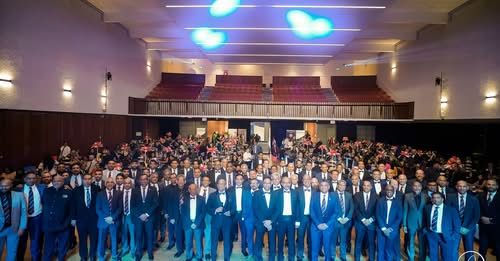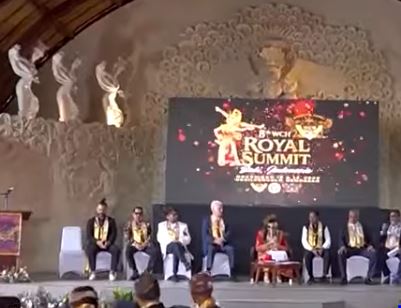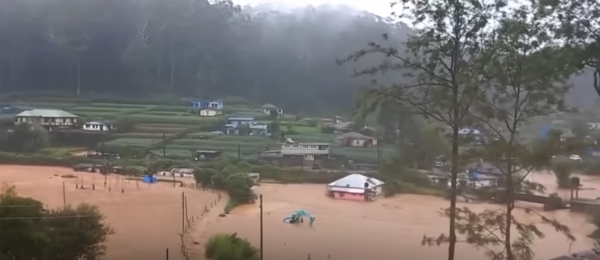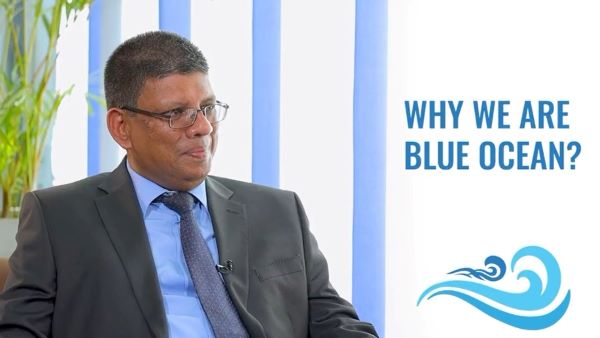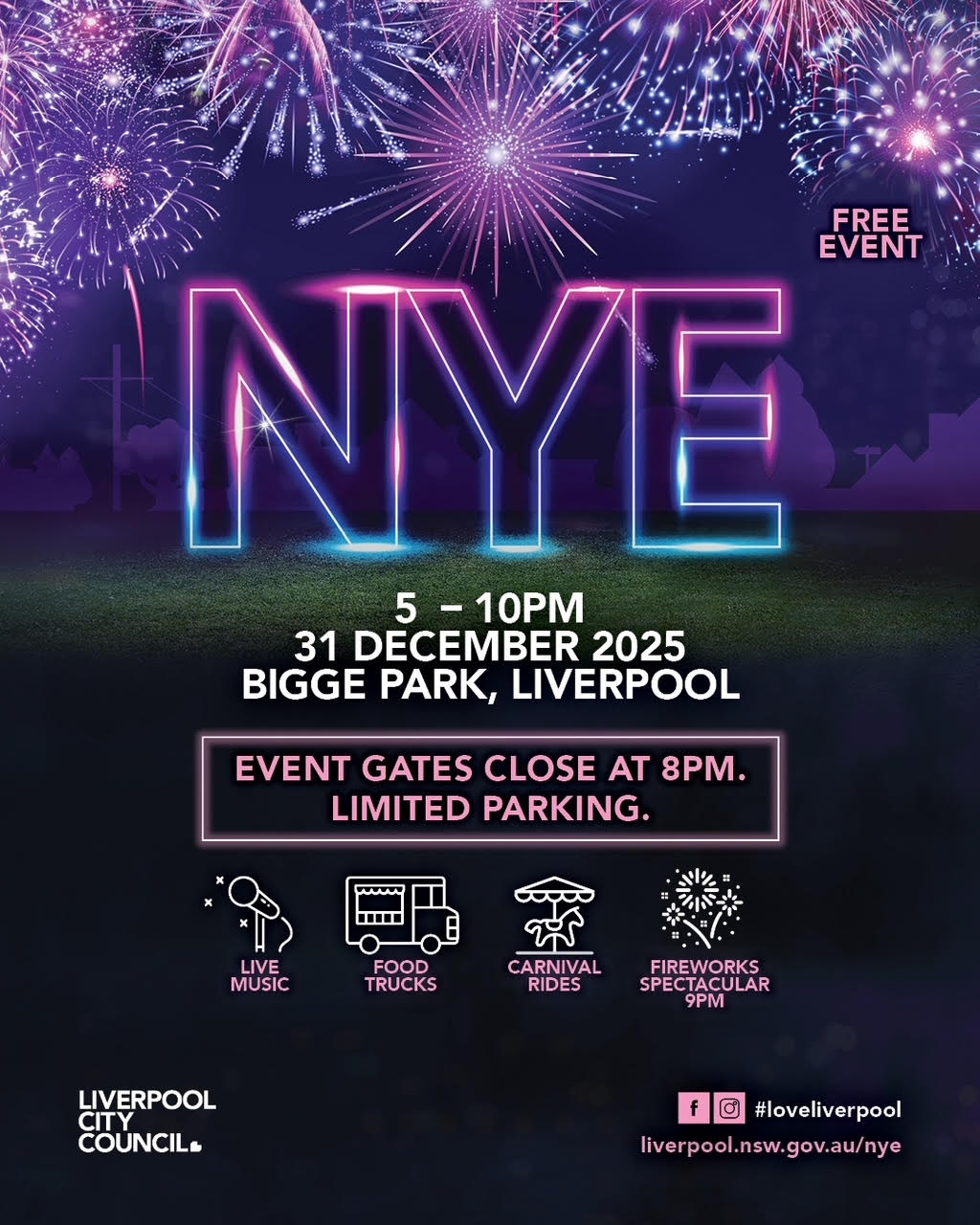A Brief History of the Sri Lanka Malays. – Noor Rahim
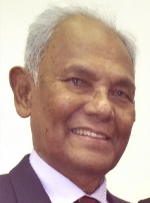
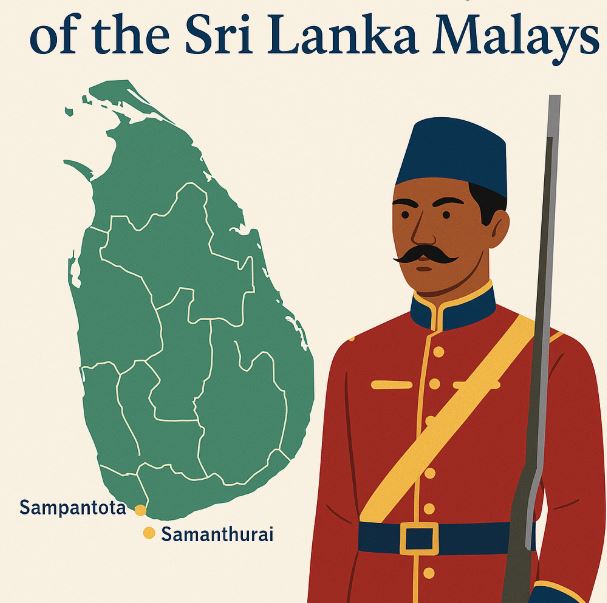
It is a known fact that the migrant Malay fishermen & traders from the Indonesian Archipelago arrived in Ceylon way ahead of the influx of vast known bodies of Malays in later years. They had landed in the South & South Eastern coasts of Ceylon and hence there is clear proof; as seen by the name of Hambantota (which was earlier called Sampantota) & Samanthurai (which is derived from Sampan Thurai). The popular belief is that the name Hambantota was derived and adopted by the British, as the Sinhaese called the folks “Hamba Keranno” and hence the name Hambantota.
There is also the story that many of the ancient Kings of Ceylon had Malays as their body-guards.
It was in the mid-13th century that a Javaka King of Tambralinga Kingdom, CHANDRABHANU SRI DHAMARAJAH, a devout Buddhist, invaded Ceylon from the North; with the main purpose of plundering the Buddhist relics in Ceylon. He was repelled/defeated by King Parakrama Bahu II from the Sinhalese Kingdom of Dambadeniya.
Invitation to the Dutch VOC Authorities by the King of Kandy:
History has it that in the early 17th century, Sri Lanka was partly ruled by the Portuguese and was constantly battling the Sinhala Kingdom and dominated the mainly the coastal areas, with a very iron fisted, ruthless and oppressive domination of the local populace. Hence the Sinhalese King Rajasinghe II (the King of Kandy) invited the Dutch to help defeat and get rid of the Portuguese; under the Kandyan Treaty of 1638. The Dutch grabbed this opportunity as Sri Lanka could give them control of the “Spice Route (Sea Route)” in their sought after quest to control the seaway from West to East.
Our Ancestors Arrival and Domicile in Sri Lanka.
Well over 90% of our Ancestors arrived in Sailan (Sri Lanka), or ZEYLAN (as the Dutch called the Island), from Batavia (presently called Jakarta), with the Dutch Troops (1640 – 1796).
It was in the year 1658 that the Dutch Authorities decided to make Sailan a place for their exiles, comprising of dissident Royalty and Politicians; their retinues; supporters and other dissidents that they deemed were a threat to their security.
In addition to their fighting prowess, loyalty and dedication, our ancestors brought along with them, their own Language; Traditions & Customs; Culinary Prowess; Forms of Recreational Activities (inclusive of sports & martial arts); Arts & Craft; and their “easy going way of life”. There were many Malays who attained Sainthood and are enshrined in Sri Lanka.
Hand over from Dutch to the British:
The Dutch ceded/handed over control of Sailan (Ceylon) to the British HEIC (Honourable East Indies Company) in 1796, under the DeWitt Agreement (Also called the KEW Letters of 1795). The Dutch handed over total control of the occupied areas of the Island to the British in 1802.
It is believed that the Dutch Authorities in Java ordered their Administration in Colombo to withdraw back to Batavia; but to leave the Javanese troops in Sailan as they feared that they would create a security problem if returned to Batavia.
Hence 5 Companies of Malays were transferred into the British Army by the Dutch; which led to the formation of the Malay Rifle Regiment to be later renamed as The Ceylon Rifle Regiment. The Regiment fought in two Kandyan Wars; the Uva Rebellion; and the Matale Rebellion before the Regiment was finally disbanded in 1873.
A Malay Mercenary Prince SANGUNLO fought for the Sinhala Kings and led a contingent of Sinhala Troops and was killed by the British in Battle.
It has been documented that on 21 March 1864 the famous Bandit called Saradiel was surrounded in his hideout by a posse of Policemen led by Sergeant Ahamath (aka Sergeant Mahath by some). During the gunfight a Malay policeman, Constable Sabhan (aka Saybhan) was killed by Saradiel’s friend Mammala Marrikar, a Moor. Sergeant Ahamath kept the bandits covered until reinforcements arrived from Kandy with the Asst. Government Agent F.R. Saunders.
A memorial has been erected at the place of the skirmish, at the roadside, at Mawanella on the Kandy Road. Constable Sabhan is the first Policemen to lay his life in the line of duty. Another example of valour demonstrated by our Malay ancestors.
In the 1971 JVP Uprising we had many Malay Armed Forces personnel in the forefront of the fighting and defeating the insurgents.
The Sri Lankan War against the Tamil separatist group called The Tamil Tigers of Eelam (July 1983 – May 2009) too saw many of our Malays killed in the line of duty. They served in the three armed services (Army; Navy and Air Force) and in the Sri Lanka Police Force with valour and bravery; for their Motherland.
The Malays were even renowned Firefighters. The head of the Colombo Fire Brigade was a Malay.
Legacy of our Ancestors:
Our ancestors were renowned for their fighting prowess, bravery, loyalty and dedication – which their progeny continue to exhibit and contribute to their land of adoption even to this day. They brought their own Language; Traditions & Customs; Culinary Prowess; Forms of Recreational Activities (inclusive of sports & martial arts); Arts & Craft; and their “easy going way of life”. In addition there were many Malays who attained Sainthood and are enshrined in Sri Lanka. One of the Saints bodies was exhumed and re-interred in Surabaya, Indonesia.
Our ancestors were locally called “Ja Minissu” by the Sinhalese; and as “Ja Manithan” or “Ja Manissar” or “Javakar” by the Tamils; during the Dutch rule; meaning the “People from Java”. In addition there were many places in Sri Lanka that were named after our ancestors.
They remain dedicated and loyal citizens to the Motherland.
Noor Rahim
29th January 2024





